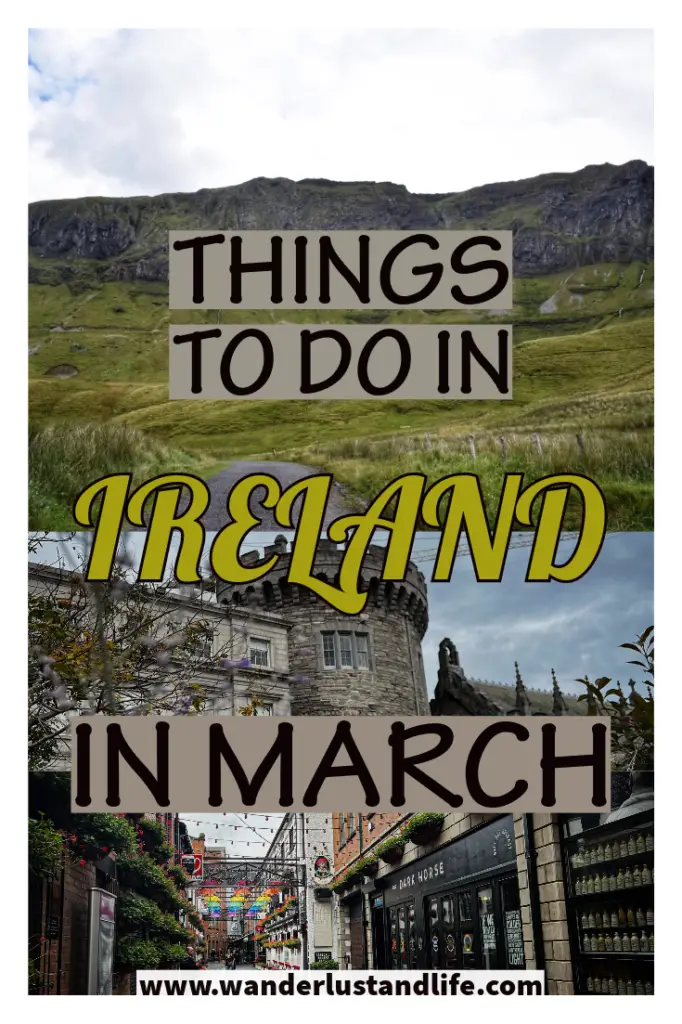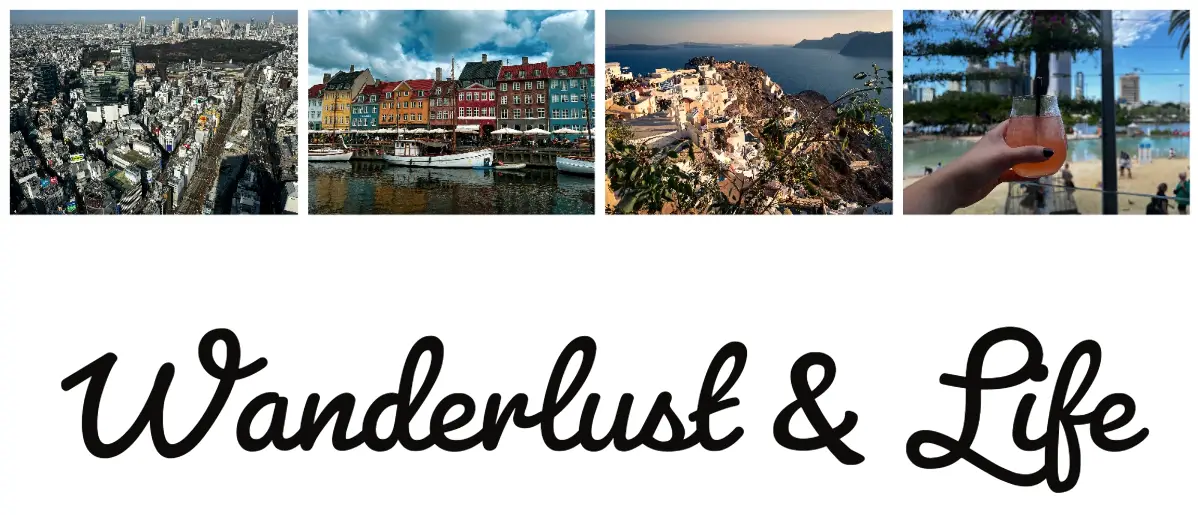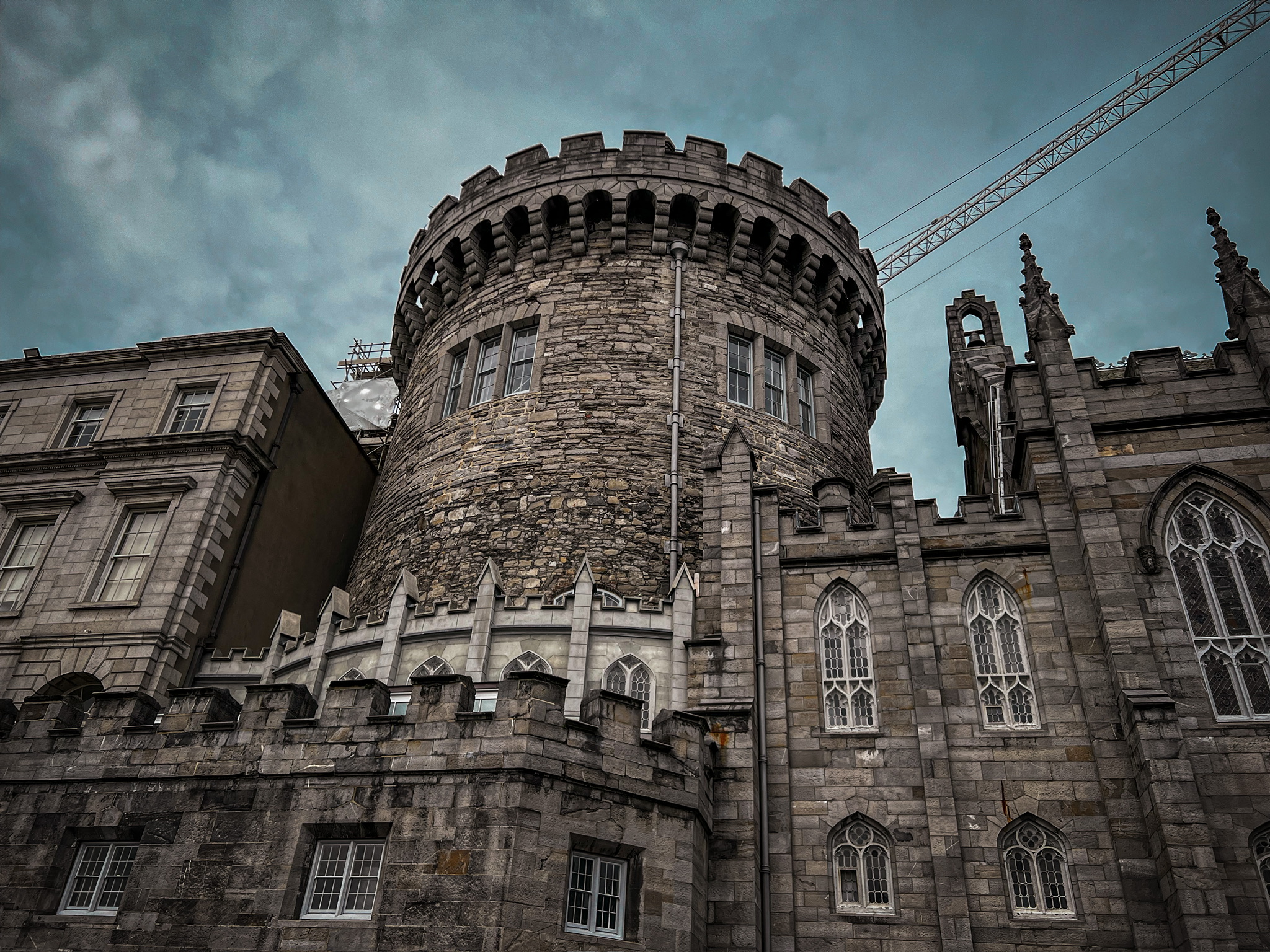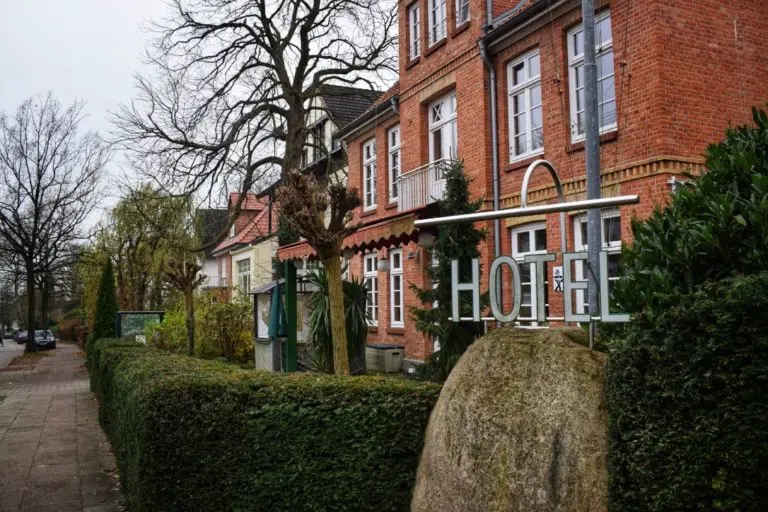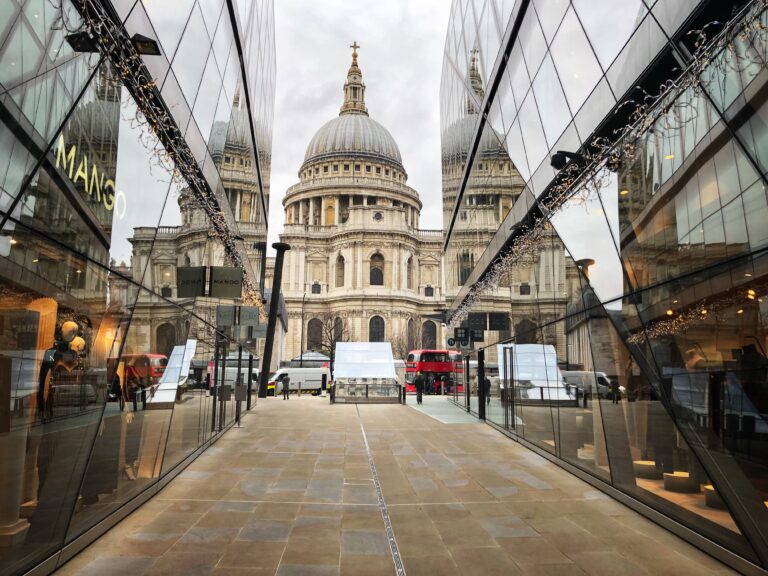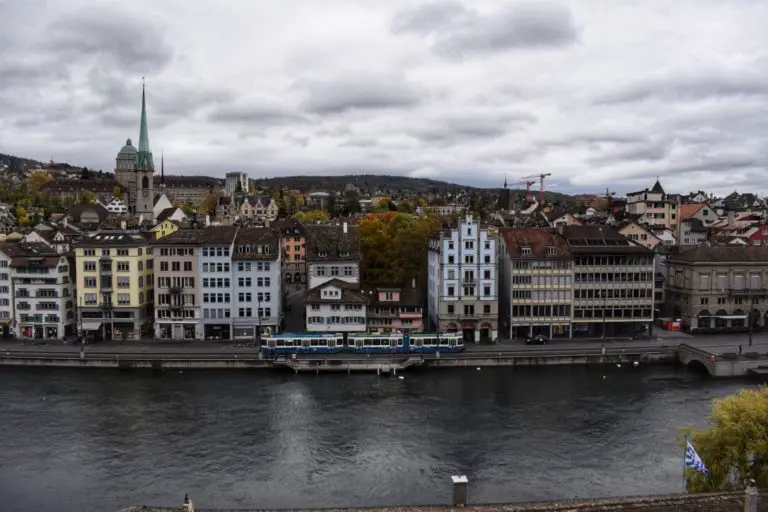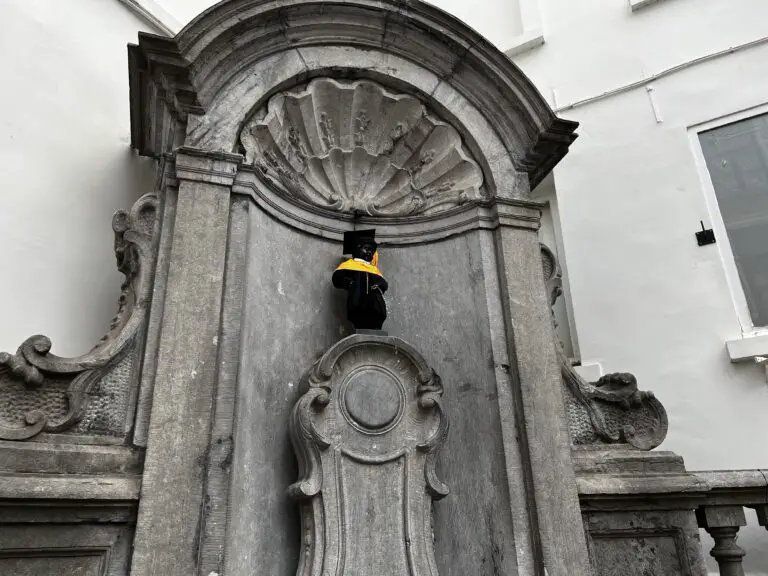Ireland in March: Everything you need to know about visiting
Are you planning a trip to Ireland in March and want to know all the tip tips? Well this article is for you. We go through absolutely everything you need to know before visiting like, choosing accommodation, what to pack, what to see, and so much more.
Disclaimer: This post contains affiliate links, so if you use these links to buy something we may earn a commission, at no cost to you. Thank you for your support.
Contents
- Why visit Ireland in March?
- What’s on in Ireland in March?
- Things to do in Ireland in March
- Best seasonal foods to try in March
- What is the weather like in Ireland in March?
- Pros & Cons for visiting Ireland in March
- Pros
- Cons
- Getting around Ireland in March
- Costs for visiting Ireland in March
- What to pack for Ireland in March
- Tips for visiting Ireland in March
- So should I visit Ireland in March?
Why visit Ireland in March?
March is a great time to visit Ireland, as this is when the first signs of spring start to pop up across the country. Winter is long, cold, and dark, and March is when the weather takes a noticeable turn for the better.
Another reason visiting Ireland in March is so favourable is due to the lower number of tourists. the summer months tend to be peak travel times to Ireland, and along with this you will experience longer queues, and more expensive accommodation. So if you want less tourists, and better deals for flights, and accommodation March is a good time to visit.
March is also when St Patrick’s Day falls. This can be both good and bad. Good because, you can experience the excitement of the holiday. And bad, because accommodation costs sky rocket, and honestly good luck trying to get into a pub in Dublin!
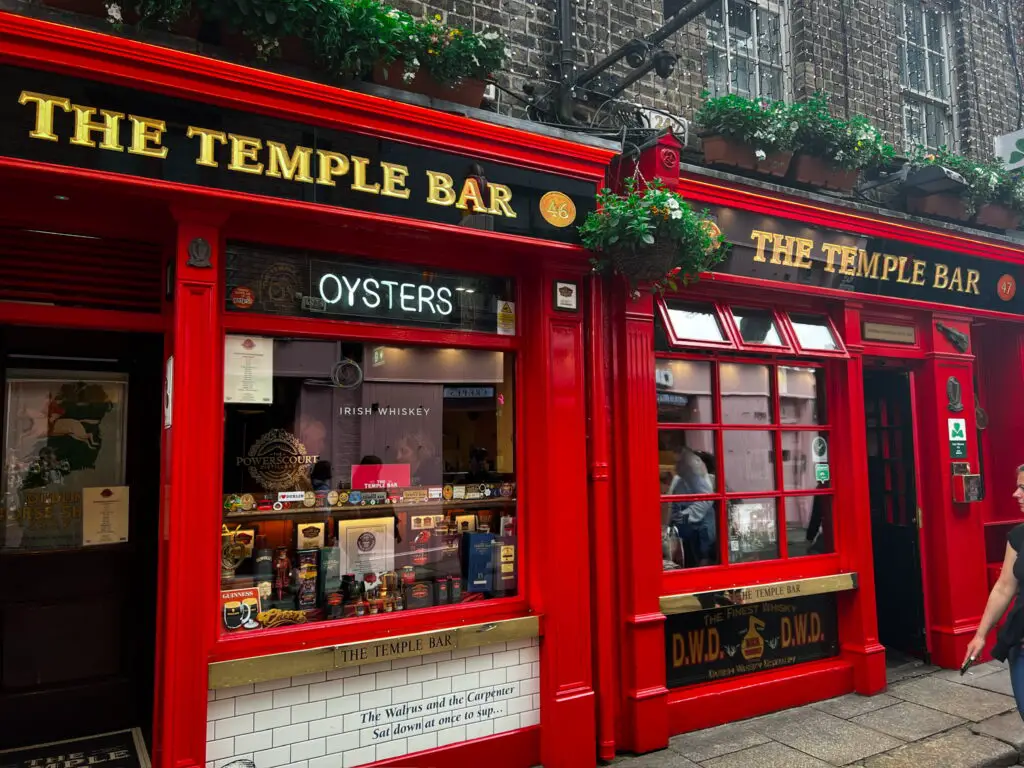
What’s on in Ireland in March?
Ireland in March is a busy time, so if you are thinking of visiting, there are a few things to consider.
St Patrick’s Day
One of the biggest events of the year in Ireland has to be St Patrick’s Day. St Patrick is the patron saint of Ireland, and the 17th of March is a religious and cultural holiday to mark his death.
If you are in Ireland on this day you are in for a treat. The celebrations are immense. There is usually a parade, lots of dancing, shamrocks, and people dressed in green. It’s also marked by lots of drinking – sometimes too much.
We have spent a few St Patrick’s Days in Ireland, and honestly it can be chaotic. In Dublin and other big cities for instance you will struggle to get a seat in a bar. That is if you can get in at all. The Temple Bar area in Dublin becomes crowded with tourists all trying to celebrate the day at an Irish pub. If you do get in to a pub, your next challenge is getting to the bar to order drinks. It’s definitely an experience.
Hotels tend to increase their prices around the St Patrick’s Day weekend, so keep that in mind if you are visiting around this date.
Easter Break
If you are visiting Ireland in March it is also worth being aware that Easter can sometimes fall during this time. Some places close over Easter, especially on Good Friday which is seen as an important Holy day. Although in modern Ireland, you do find more places staying open.
The Easter holidays can mean more tourists about, especially those with kids as schools will close during this time as well. This can mean more expensive flights and accommodation.
Things to do in Ireland in March
There is so much to do in Ireland in March. Here are some of our highlights to consider for your own trip.
Do a city break in Dublin or Belfast
March in Ireland is an excellent time of year to do a city break. It’s the perfect mix of nature, pubs, museums, and more. The most popular city break locations are of course Dublin and Belfast. Below we will go through each to determine the best things to see and do.
Dublin
Dublin is of course the classic city break destination in Ireland. It can be expensive, especially when it come to accommodation, but as the capital of Ireland it is the obvious choice.
Dublin is perfect if you want to visit some fantastic pubs, drink Guinness, explore some museums, and just wander around. Some of the best things to do in Dublin include:
- See the Ha’penny Bridge – one of the symbols of Dublin, and one of the first pedestrian bridges over the River Liffey.
- Visit the Little Museum of Dublin – to learn all about Irish history.
- See Dublin Castle – because you can’t do Ireland without seeing at least one castle.
- Visit the Irish Whiskey Museum – and learn all about how Irish Whiskey is made.
- Travel to Phoenix Park – and picnic with the deer.
- Tour Kilmainham Gaol – and learn about Irish history and revolutionaries.
- Check out Temple Bar – where you can stroll around the picturesque area and sip pints.
- See the The Book of Kells – which is a manuscript containing the four Gospels and dates back to the 9th Century.
- Visit The Guinness Storehouse – which is one of the top attractions in Dublin.

Belfast
As the capital of Northern Ireland, Belfast is another great choice for an Irish city break. Again there are a number of fantastic museums here, top quality pubs, and some quaint streets to explore. Some of the highlights in Belfast include:
- The Ulster Museum – for exploring a mixture of art, and natural science exhibits.
- Belfast City Hall – where you can do a tour inside the historic building.
- Botanic Gardens – which are perfect for nature lovers to explore a large selection of plants and trees.
- Crumlin Road Gaol – where you can explore a prison that once held Unionist and Republican terrorists.
- St. George’s Market – where you can explore one of the oldest markets in Belfast.
- Titanic Belfast – which is by far one of the best attractions in Belfast, where you can learn all about the history of the ill fated Titanic.

If you are planning an Ireland weekend break here is a handy guide.
Explore Northern Ireland
Northern Ireland, is an incredibly beautiful country located on the island of Ireland. I know we have mentioned Belfast above as a top destination, but there is so much more to see.
One of our favourite parts of Northern Ireland is the area around the Causeway Coast. It makes for a great road trip from Belfast and there is a lot of natural beauty to explore. Highlights include:
The Causeway Coast is all about admiring some of the natural beauty that Northern Ireland has to offer. Here are some of the best things to see and do.
- The Dark Hedges – whilst not specifically on the coast, Game of Thrones fans will love visiting this attraction.
- The Gobbins – one of the best coastal walks in Northern Ireland.
- Dunluce Castle – which are castle ruins located on a dramatic cliff on the coastline.
- Carrick-a-rede Rope Bridge – a 20 metre long and 30 metre high rope bridge with stunning coastal scenery.
- Ballintoy Harbour – a quaint harbour with beaches and caves to explore that is also a Game of Thrones filming location.
- Portstewart – a seaside town with beautiful beaches to explore.
- Mussenden Temple and Downhill Demesne – a National Trust site, with incredible seaside views.
- The Giant’s Causeway – which is one of the top sights in Northern Ireland.

Drive the Wild Atlantic Way
March in Ireland is an excellent month to plan for a full blown road trip. One of our favourite road trip spots happens to be the Wild Atlantic Way. It’s broken up into 6 sections, all filled with stunning coastal scenery, quaint towns, and great food. Here is the breakdown of sections along the Wild Atlantic Way, and the best places to see.
Section 1 – The Haven Coast
- Bantry
- Kinsale
Section 2 – Southern Peninsulas
- Ring of Kerry
- Killarney National Park
- Cork
Section 3 -The Cliff Coast
- Galway
- Cliffs of Moher
- Burren National Park
Section 4 – The Bay Coast
- Achill Island
- Aran Islands
Section 5 – The Surf Coast
- Sligo
- Donegal
Section 6 – The Northern Headlands
- Malin Head
- Slieve League Cliffs

For more information on driving the Wild Atlantic Way, you can checkout this helpful guide.
Drive the Ring of Kerry
Another great road trip option when visiting Ireland in March is the Ring of Kerry. This is a very popular tourist spot, so visiting in the shoulder season is a must. The full drive around the Ring of Kerry will take around 3 hours. But you will want to take your time. Here are some suggestions of things to see and do along the way:
- Killarney National Park – whilst not part of the Ring of Kerry if you are staying in Killarney you should definitely try and visit.
- Kenmare
- Caherdaniel
- Waterville
- Portmagee

Party on St Patrick’s Day
If you do happen to be in Ireland on St Patrick’s Day, then you absolutely have to party. We spent it in Dublin one year, and it was both chaotic, and incredible. Admittedly it can be hard to get a place in a bar, especially around Temple Bar, but it is so much fun, and a once in a lifetime experience. Just be prepared for a lot of drunk people, big crowds, and expensive hotels.
If you get the opportunity it is probably better spending the day in one of the smaller less touristy towns in Ireland, for example Sligo. It’s a much more authentic experience, and it’s nowhere near as intense as Dublin.
Go hiking
March in Ireland is also perfect for hiking. And honestly the whole country is made for it. There are so many beautiful spots to hike including Glendalough, the Wicklow Mountains, Killarney National Park, and our favourite Sligo.
Just keep an eye on the weather, as things can turn quite quickly. Make sure you are following the paths, and do your research before you go. Some hikes can be dangerous and are only recommend for experienced hikers.

See the tourist hot spots
Apart from Dublin and Belfast some of the other tourist hot spots in Ireland include, Galway, Cork, The Cliffs of Moher, Blarney Castle, and much more. One of the benefits of visiting Ireland in March is that you can visit these popular places, with only a fraction of the tourist numbers compared to the summer months. Here is a rundown on some of the best places to visit in Ireland in March.
Galway
Galway is a great place to visit in March, as this is just before the busy season. Some of the best things to do include:
- Visit Quay Street – and soak in the brilliant atmosphere and listen to the buskers.
- Explore Galway Cathedral – one of the largest and most impressive buildings in the city.
- Galway City Museum – to gain an understanding of the cultural heritage related to the city of Galway.
- Do a Hop On Hop Off bus tour – and get around the city with ease.
- Do a walking tour – to learn all about the history of the city.
- Visit Salthill – to explore one of the beautiful beaches surrounding the city.
- Visit the Aran Islands – One of the best day trips that you can do from Galway.

Cork
Cork is a popular city located in the south west of Ireland. It’s a bustling student city, with a lot of history, and a lot to explore. Here are some highlights:
- Stroll through the English Market
- Visit the Crawford Municipal Art Gallery
- Visit Cork City Gaol
- Do a food tasting tour
- Explore St Fin Barre’s Cathedral
- Enjoy a harbour cruise
- Ring the Bells at St Anne’s Church
- Do a Cork Harbour cruise
- Do a historical guided tour

Cliffs of Moher
The Cliffs of Moher are a must for any Irish bucket list. They are rugged and steep cliffs that face into the Atlantic Ocean. They are located in County Clare and are about 14 kilometres in length. At the highest point the cliffs are about 214 metres tall.
Some of the top things to see and do here include:
- Go on a hike around the Cliffs – to get away from the tourist hustle and bustle. Just be careful and don’t deviate from the paths as you could be injured or fall.
- Visit O’Brien’s Tower – a tower that was built in 1835 to serve as an observation point for tourists visiting the cliffs.
- Make use of the visitors centre – and explore the exhibits, grab a bite to eat, or use the amenities.
And if you are looking for things to do near the Cliffs of Moher you may want to consider the following:
- Explore Doolin – where you can do a cruise that takes you to the base of the Cliffs.
- Visit the Burren National Park- with it’s unique rocky landscape.

Blarney Castle
Located in County Cork, visiting Blarney Castle is one of the top things to do in Ireland. It’s home to the famous Blarney Stone, and legend has it, if you kiss it you will be given the gift of the gab. It gets incredibly busy here, so we think visiting in March before tourist season is a must.

Visit the pubs of Ireland
As mentioned previously the weather in Ireland can be incredibly unpredictable. March is one of those months where you will have good and bad days, and you really do need to prepare for rain. Luckily Ireland is famous for its many pubs, so make sure you take advantage and get cosy with a pint and a trad session.

Best seasonal foods to try in March
If you are planning to visit Ireland in March you will be pleased to know that it is definitely the season for comfort food. It’s still quite chilly, so things like soup and soda bread, and Irish stews are an absolute must.
As it comes into spring foods like lamb, and green vegetables like spinach and asparagus start popping up in seasonal dishes. Towns and cities like Galway, Kerry, and even Sligo, have plenty of restaurants doing locally sourced ingredients. Therefore March is an excellent time to visit if you love food.

What is the weather like in Ireland in March?
Ireland in March might be the start of spring, but that doesn’t mean that the weather is going to warm up straight away.
Overall temperatures range on average between 4°C and 10°C. It’s still quite cool at the beginning of the month so if you are visiting pack some warm clothes. Towards the end of the month though it starts to warm, although it is Ireland, so when we say warm, we just mean something like 10°C and above.
The weather in March is a real mix of rain, wind, and sunny days. Basically anything goes so make sure that you pack accordingly.
Pros & Cons for visiting Ireland in March
Here we list some of the pros and cons for visiting Ireland in March so you can weight up whether it is worth the visit.
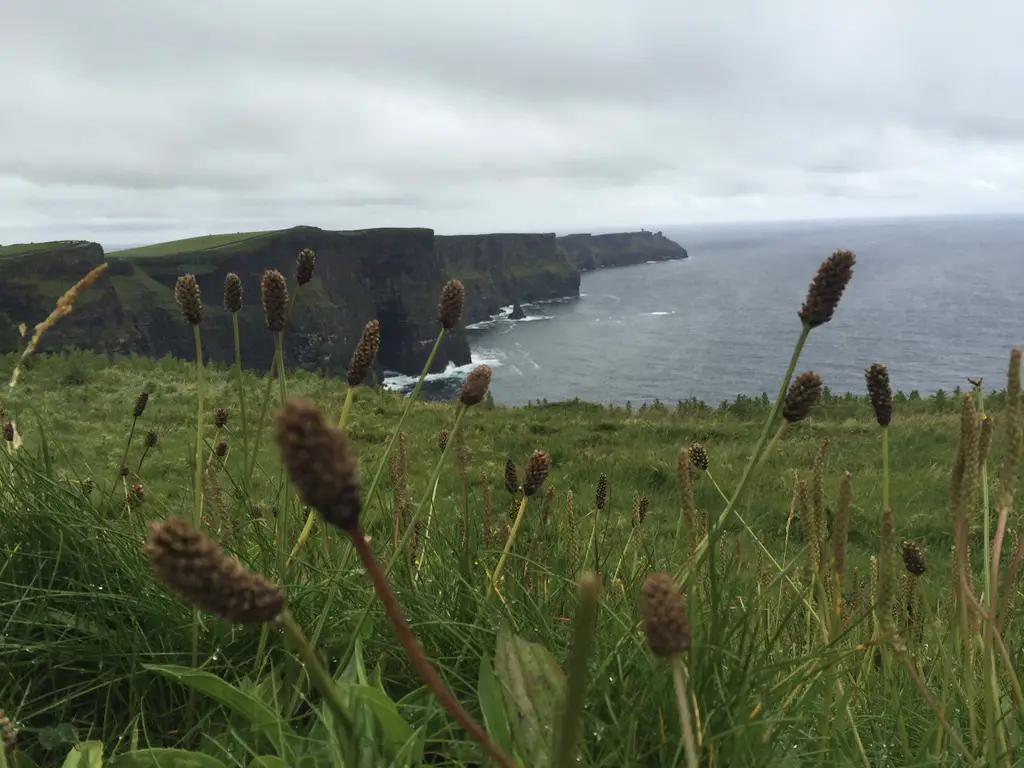
Pros
- Milder Weather
- Cheaper air fares
- Cheaper accommodation (except easter/ St Patricks Day)
- Less Tourists
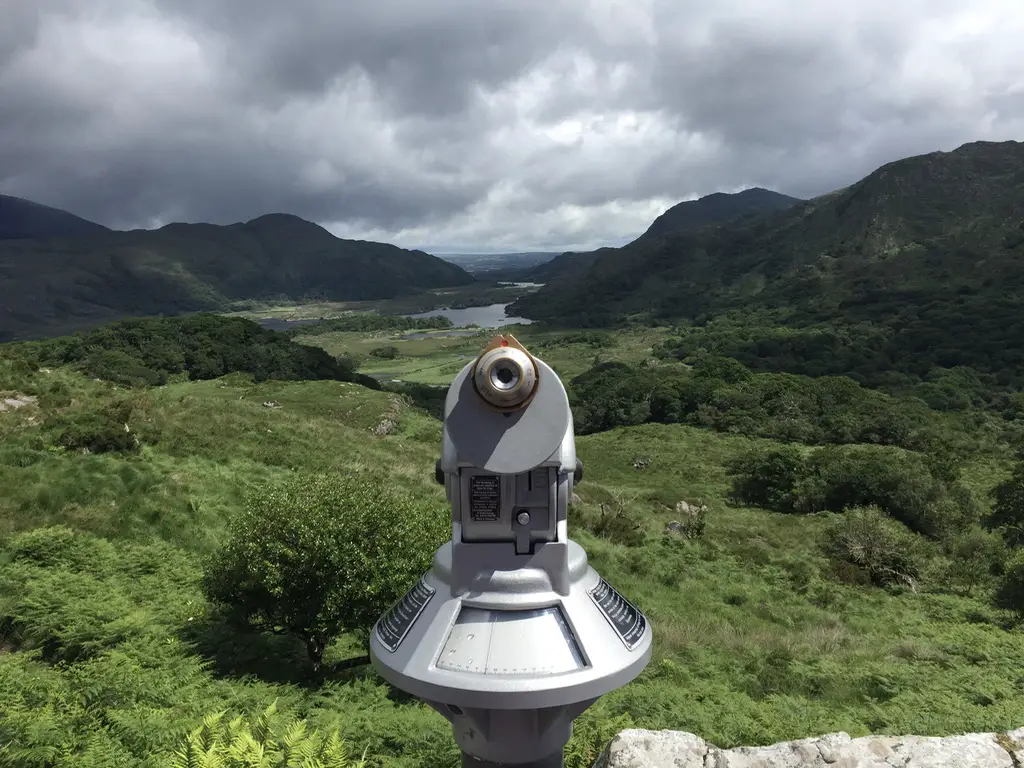
Cons
- Unpredictable weather
- It’s still quite cold
- St Patrick’s Day can be intense and super busy
- Some things are closed during Easter holidays (if Easter falls in March)
Getting around Ireland in March
Ireland in March is a decent enough time to do a road trip across the country. Because the weather is mild, you shouldn’t encounter frost, which makes it a lot easier to drive.
Realistically driving is the best way to get around Ireland. Public transport isn’t always great, so a car will make your trip a lot smoother.
You can get the train, but these mostly leave from Dublin, and don’t connect a lot of the larger cities in the country. For example you can get from Dublin to Cork, but you can’t get from Cork to Galway easily.
If you wanted to do a day trip using only public transport say from Dublin to the Cliffs of Moher you genuinely would struggle. It’s possible but it would involve a lot of changes.
Bus Éireann also have a few routes throughout the country, but these aren’t always frequent so check the route and times before you travel.
Your other alternative for getting around Ireland in March time, is to base yourself somewhere like Dublin or Belfast, and then book some organised day trips to other parts of the country.
Costs for visiting Ireland in March
Costs for visiting Ireland in March will very much depend on what you plan to see and do. Dublin for example is one of the more expensive cities, especially when it comes to food, drink, and accommodation. And that is pretty standard no matter what time of year you visit.
As a general rule though here are some estimates when it comes to costs in Ireland.
Car Rentals: €100 + per day on average (depending on car type, what insurance you want to purchase, and any extras). Keep and eye out for hidden costs such as surcharges for returning the car at a different location from where you rented it. Always check your fine print on any rental contract.
Petrol: €100 to fill the tank (this will vary depending on the type of car) – we do recommend a smaller car if you are planning a road trip around Ireland as the roads are small anyway. Plus it’s more economical with petrol.
Accommodation: A minimum of €150 per night for something mid-range (depending on location, time of year, and amenities). In Dublin you are looking at a substantial amount more per night.
Attractions: €20 per person per day depending on what you want to see and do.
Food & Drink: €60 per person per day for standard pub style meals and a few drinks.
Overall we would recommend budgeting about €100-€150 per person per day (not including accommodation). Costs can be brought down especially if you opt for cheaper accommodation and meals.
If you are visiting Northern Ireland keep in mind that they use pounds not euros. Northern Ireland or Belfast in particular is slightly cheaper than Dublin. Although accommodation is still quite pricey especially at a weekend. We ended up paying almost £200 for one night in a hotel in Belfast on a Saturday night. This was in the middle of school holidays in August though.
Are you wondering if Ireland is worth visiting? Here is a helpful guide.
What to pack for Ireland in March
If you are visiting Ireland in March, then you might be wondering what you need to pack for your trip. It’s still pretty cold in March although the weather is definitely getting better than December and January.
Here are some of the must pack items for visiting Ireland in March.
- Raincoat/ Umbrella – be prepared for rain
- A warm jacket/coat – the weather can still be cold
- Hiking boots – there is so much natural beauty in Ireland that you will want to explore.
- Comfy shoes – apart from hiking boots, pack comfortable footwear because you will do a lot of walking.
- Layers – Again no matter what the season the weather in Ireland can be unpredictable. Make sure you layer up.
Tips for visiting Ireland in March
Here are some top tips for visiting Ireland in March.
- The weather can still be unpredictable so keep this in mind when visiting, and plan accordingly.
- March is a good time to do a road trip, but check weather conditions before you set off.
- March the 17th (St Patrick’s Day) is a public holiday, so things may be a lot busier than usual.
- Daylight hours are just over 12 hours per day in March, so again keep this in mind and plan accordingly.
So should I visit Ireland in March?
Hopefully this article has helped your plan your trip to Ireland in March.
We think March is a fantastic time to visit Ireland. There is a genuine shift throughout the country at this time of year, as the cold harsh winter months fade, and spring begins. Daylight hours also start to increase, making it a great time to do a road trip, and explore the country.
As we have mentioned it’s a relatively cheap month to visit Ireland, unless of course you come for St Patrick’s Day. Although don’t let the cost put you off, because being in Ireland on St Patrick’s day is very much a bucket list thing to do. So if you get the chance to be there embrace it!
We hope you enjoy your trip to Ireland, and don’t forget to pin this article so you can look back on it later.
Happy travels!
